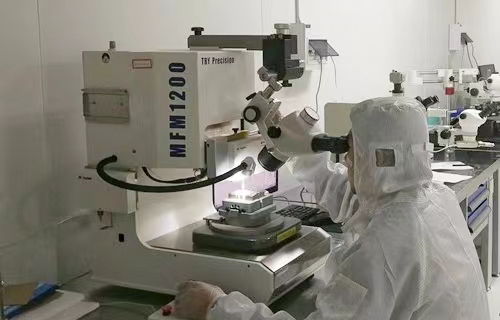News
Industry News
6-DOF IMU Sensor: Enabling Perception and Innovation in Smart Wearables
The 6 DOF IMU sensor has become an indispensable key technology in the field of smart wearable devices due to its multi-dimensional applications and excellent performance. The continuous innovation and development of technology, it will bring more possibilities to smart wearable devices, bring more convenient, intelligent, and healthy experiences to people’s lives, and lead smart wearable technology to a new height.
What is the IMU system
The IMU (Inertial Measurement Unit) system is such a behind-the-scenes hero that silently supports the development of multiple industries.
What is an inertial sensor
Inertial sensor technology is like a warrior who keeps climbing to the top, constantly breaking through himself, and opening up new possibilities for us.
What is Attitude and Heading Reference System
With the rapid development of aerospace, autonomous driving, drones and other fields, the demand for precise attitude and heading control is also increasing. In these applications, the Attitude and Heading Reference System (AHRS) plays a vital role as a key navigation component.
What does a 3 axis compass do
With the rapid development of science and technology, we live in an era full of infinite possibilities. From the vast exploration of the universe to the tiny nanotechnology, the power of science and technology is changing our lives in unprecedented ways. Among these numerous technological products, the three-axis compass has become an indispensable part of modern navigation technology with its unique charm.
What does an inertial measurement unit do
With the continuous development of science and technology, Inertial Measuring Unit have become an indispensable core technology in modern electronic devices and automation systems.




